Asset Management: What does it mean to you?
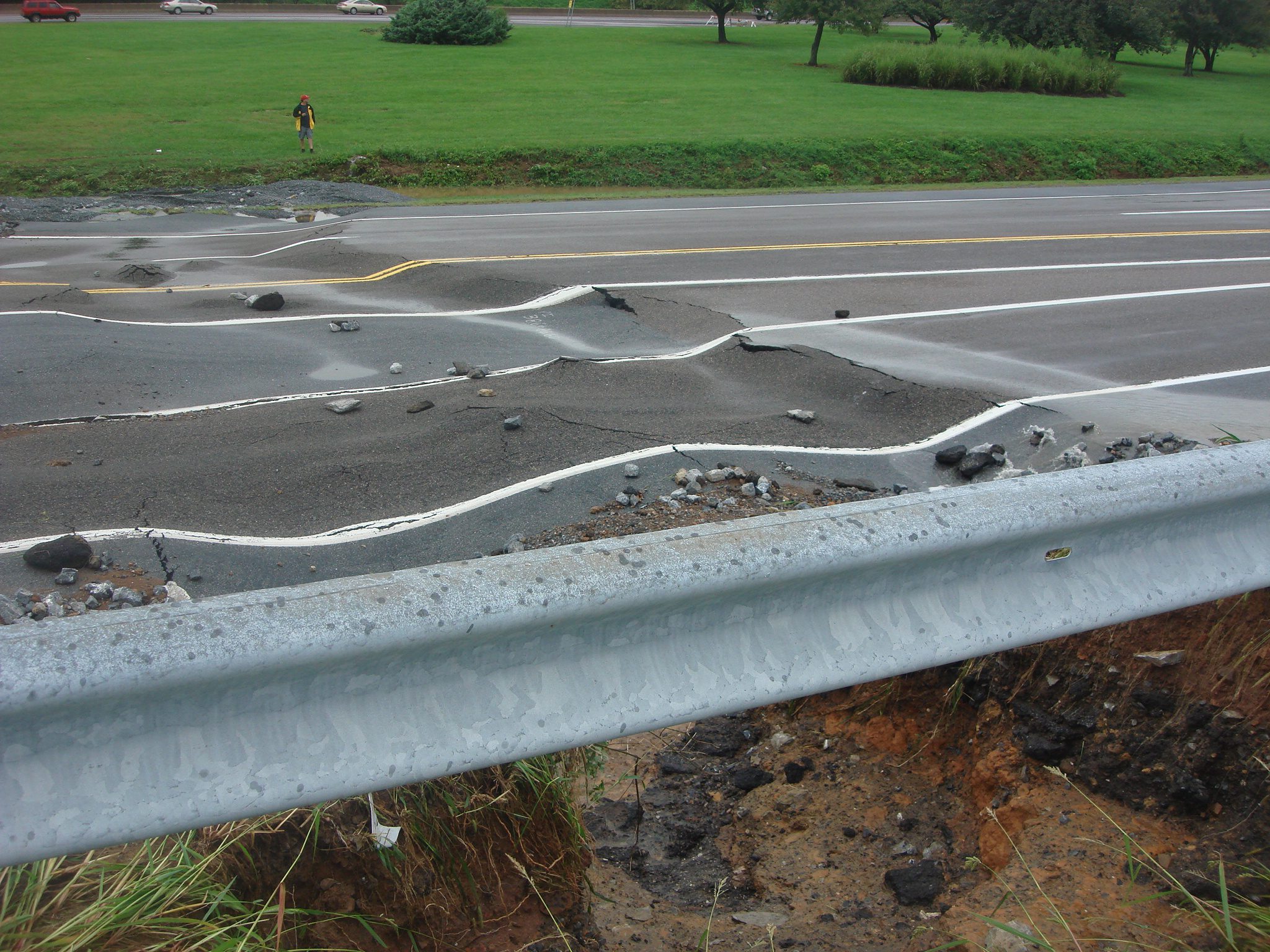
The need for an asset management program is beginning to resonate with municipalities throughout the country. Many municipal employees are finding themselves responsible for researching and developing a solution that will meet the unique infrastructure needs for their communities now and in the future.
According to the American Association of State Highway and Transportation Officials, asset management broadly defined, refers to any system that monitors and maintains things of value to an entity or group. It may apply to both tangible assets such as buildings and to intangible concepts such as intellectual property and goodwill. Asset management is a systematic process of operating, maintaining, upgrading, and disposing of assets cost-effectively.
Alternative views of asset management in the engineering environment are: the practice of managing assets to achieve the greatest return (particularly useful for productive assets such as plant and equipment), and the process of monitoring and maintaining facilities systems, with the objective of providing the best possible service to users (appropriate for public infrastructure assets).
Where do municipalities even begin?
The American Society of Civil Engineers (ASCE) has developed a report card [http://www.infrastructurereportcard.org/] for America’s aging infrastructure. And overall, the average grade received was a D+.

Does your municipality’s infrastructure make the grade?
Using this information as a benchmark, it is crucial that municipalities make the time to determine whether a comprehensive rating of their own infrastructure features could be calculated or is even feasible. Beyond just calculating a score, other questions for consideration include: Is there a strategic plan to improve, maintain or replace assets in order to raise the rating? Can the plan be implemented and goals achieved in coordination with the available budget and timeframe? How can more be done with less? What about staff years of experience and turnover of those soon to retire? How can decisions/spending/communications be more transparent with the public/customers and/or the decision/budget makers?
Asset Management is a complex topic spanning multiple disciplines and industries, each with their own unique definition. Municipalities have a lot to consider to best position themselves to implement a successful solution for their infrastructure assets.
For infrastructure asset management, there is a combination of financial, economic, engineering, and other management practices applied to physical assets with the objective of providing the required level of service in the most cost-effective manner. It includes a life cycle approach from planning, to data collection and analysis, design, construction, operations, maintenance/repair/replace of physical and infrastructure assets.
Comprehensive asset management systems enable local government officials to catalog essential data that helps to forecast, plan and budget for necessary infrastructure improvements. This data includes, but is not limited to accurate locations of all municipal owned/maintained assets such as manholes, valves, hydrants, inlets, pipes, headwalls, outfalls, and street lights; inventories and conditions of municipal owned roadways, bridges, signs, traffic lights, trees, etc.; dates when infrastructure was constructed, installed, inspected, and repaired; maintenance and rehabilitation planning and expenditures; and the value of your infrastructure (useful for the Government Accounting Standards Board (GASB) 34 required reporting for local governments).
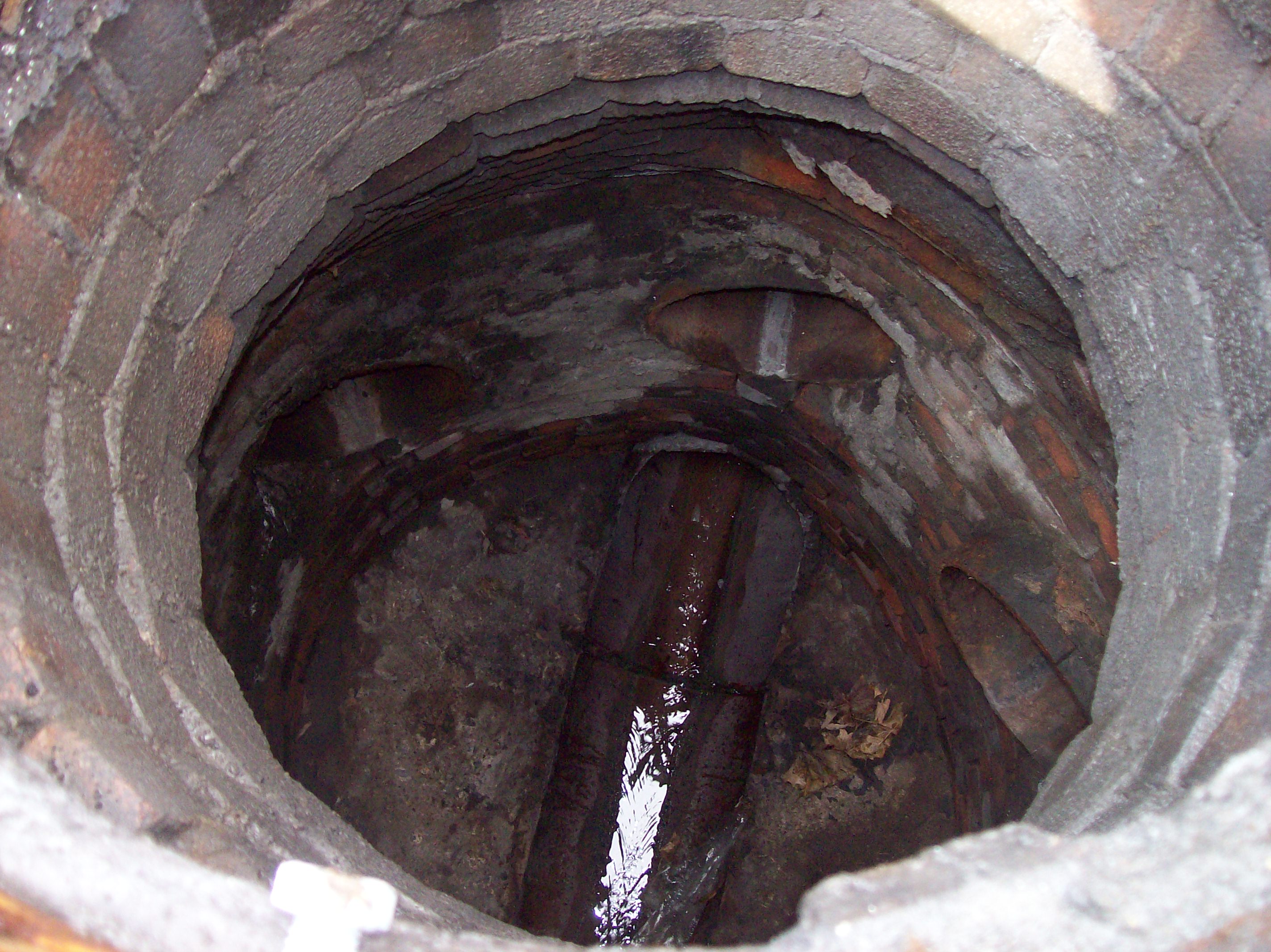
Asset Condition Assessments – History? Maintenance? Connectivity?
Once the value and reason for infrastructure asset management has been established, the next step involves the process of developing, selecting, and implementing an asset management solution. There are many solutions providers and possibilities, with varying functionalities, and large cost differences. However, there are a few simple factors that stand true across the board. The right approach is to plan first, collect and validate your data, and though the technologies and processes may change, the overall project will never end.
Plan First
The need to plan first, and plan well, cannot be stressed enough — do the homework, perform due diligence, ask questions, and exhaust resources.
Planning is the most important step in any asset management solution development process. Spending the time, effort, and monies on this task will pay dividends down the line. Remember, planning helps to define the understanding of the project and will assist with the development and selection of the required building blocks necessary for implementation of a solution with both short- and long-term positive returns on your investment (ROI). The planning stage guides the decision-making and purchasing processes to maximize the ROI with factors associated with time and the reduction of re-work, and ultimately, finances and budget.
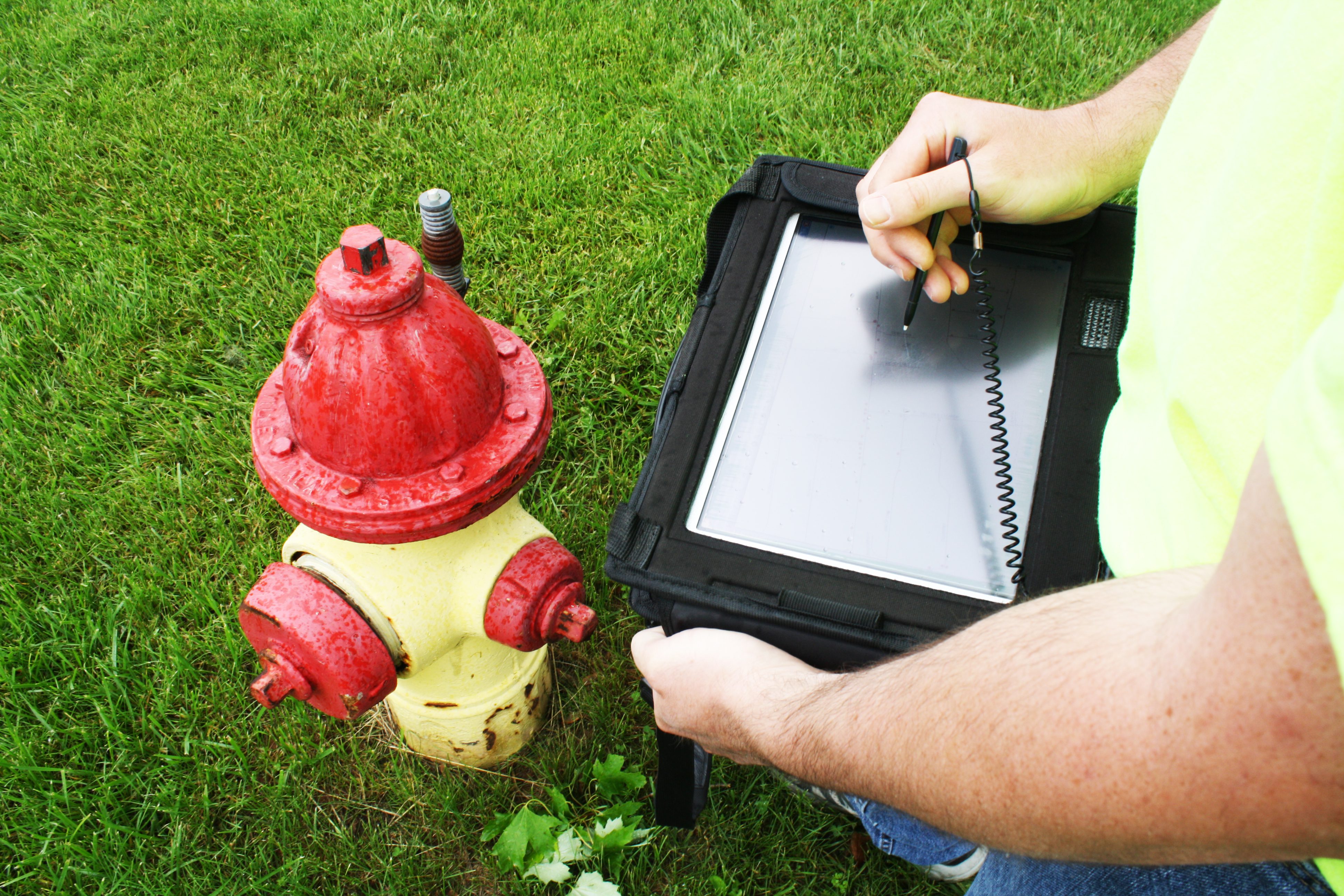
Utilizing mobile solutions and enhancing the data stored in the asset management system.
Planning is the stage where you get to ask questions. Not just questions of what solutions are available on the market and what they cost or how long it will take to install, but difficult organizational questions. Questions like: What data is currently available? What format(s) is that data in? What are the short- and long-term goals? Who and how will staff and/or even the public need or want to interact with the selected solution? What can really be afforded now versus what can be expanded later? Is there flexibility to start small and advance as the needs dictate and budget allows? Questions can go on and on, and depending on the answers to those initial questions; additional inquiries will be and should be completed.
Absolutely essential to the planning process is the involvement of all levels of staff. Do not just ask the boss who assigned the task to pick and implement a solution. It is essential to take the time and make the effort to query the potential end users of the proposed system. This will provide insight on what major functions the system needs to be able to perform, as well as what data is available for population/migration. Buy-in by municipal staff is crucial to solution implementation and its overall success. Change management is extremely important and critical, and it will directly correlate to the final success or failure for the selected solution.
During the planning stages, municipalities must consider many different factors such as asset inventory, existing and future planned programs (i.e. hydrant flushing or pavement management), roles and responsibilities of the “Who?” will be responsible for “What?”
Data is King
The most important component of any asset management system is the data. Of course, there are the hardware and software components, and the end users’ processes and expectations, but the most important, and often most costly element, is the data. Without the data, the other components are lifeless. And without quality data, analysis results and decisions made upon those results become incomplete and incorrect, and can potentially lead to other problems. Like the old saying goes, garbage in, garbage out.
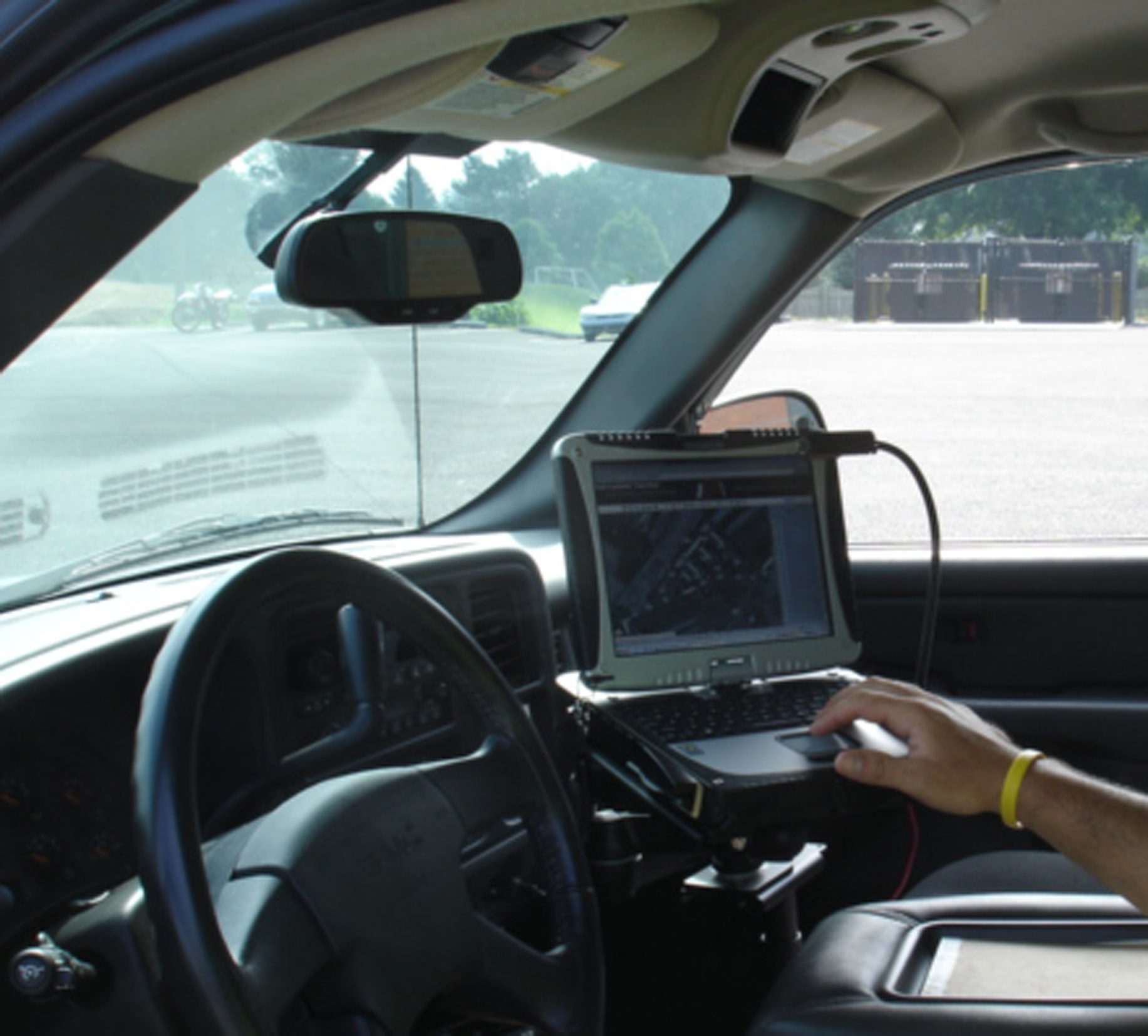
The capability to access and update information about assets in the field has become more of a necessity and not just a luxury.
When most think of technology solution implementation, they look at all the bells and whistles, and see all the great reports and analysis that can be provided back to the end user. These are certainly good, but without accurate, precise, and up-to-date information, the fancy tools, processes, and outputs are mostly useless. Running an analysis and getting a report using incorrect or outdated information does not only produce incorrect results for decision making, but more catastrophic ramifications could result depending upon the magnitude of that decision.
It can be agreed that the quality of data is important, so is it a surprise that data development, data collection, input and/or migration, along with data maintenance is the most expensive piece? The question that then needs to be answered is “What is good enough?” Many factors must be considered: what must be known; how accurate do the datasets need to be; what will be the current and future uses of this information; who should compile the information; what does the schedule look like; and what is the budget? Unfortunately, budget most often drives the final product outcome, which can cause end users to reduce data quality to meet quantity and time frames.
Never Ending
Taking on the task of developing, implementing, and utilizing an asset management solution is a continuous process. In order for it to be successful, municipalities must realize that the process should never end. As stated before, data is constantly changing, asset information is being updated/added/edited and technology is continuously advancing.
An asset management solution can start small with a simple feature inventory and condition assessment, and then be cultivated over time with various additional integrated solutions, processes, and analytical capabilities, adding value and efficiencies as needed and budget dollars become available.
The infrastructure asset life cycle is recurring – new/updated projects require planning that leads to data collection for accurate analysis in order to design and construct the system that needs to be operated in order to fulfill a requirement. Through operations of the infrastructure system, other potential projects are required to maintain, replace, enhance, or impact/change the system as a whole. In other words, one project leads to the next.
It may take only a few months or years to complete a project from planning to construction, but the true cost/benefit of the project is seen in the operation/maintenance phase over decades.
Asset management is more than just a piece of software and/or hardware that can be purchased off the shelf. It is a complex combination of spatial inventories and work management processes, tracking, and analysis, with a long line of cause and effect outcomes. The use of a successful asset management solution over time (i.e. additional data input, updates, historical recording, etc.) will reduce, not eliminate, the requirements of reactive maintenance of infrastructure.
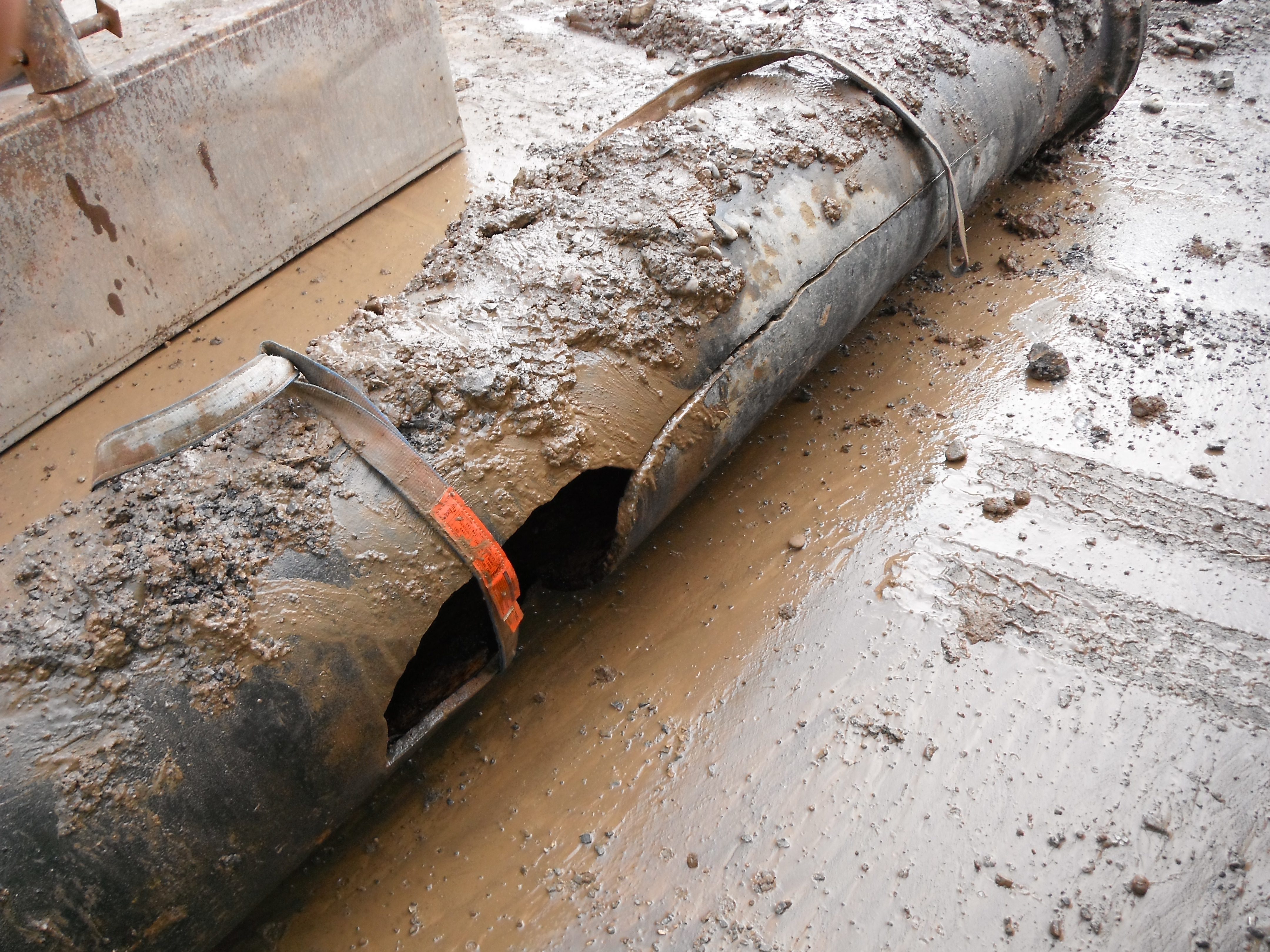
Reactive maintenance to failed infrastructure.
By focusing the abilities of data analysis and historic record, and increasing the abilities of forecasting project plans over multiple years, you can achieve more with less or at least be able to defend why monies need to be spent. The analysis adds transparency to the public and to elected officials. In other words, asset management can help reduce and/or decrease the surprises of potential catastrophic infrastructure failures and budget overruns, ultimately providing the best quality service to the citizens of the municipality and general public.
Sometime getting started is the most intimidating and difficult task to overcome. There is no time like the present to take action towards improving your municipality’s infrastructure grade.
About Howard Hodder, Jr.
Howard S. Hodder, Jr., MGIS, GISP is the GIS Manager for Herbert, Rowland & Grubic, Inc. (HRG). An appointed Associate with the firm, he has over 15 years of experience with the development and maintenance of diverse GIS applications for municipalities, authorities, public agencies and the private sector. Howard earned his undergraduate degree in Geography / Environmental Planning from Bloomsburg University and a master’s degree in GIS from The Pennsylvania State University. He is a Certified GIS Professional (GISP) and throughout his career, has presented and authored several articles on topics such as GPS data collection and asset management.


